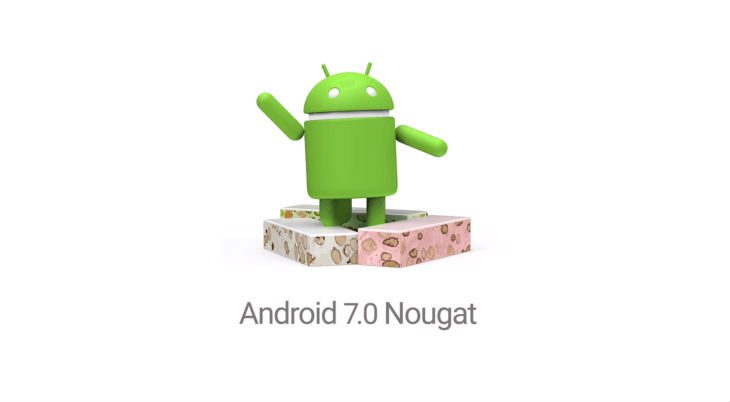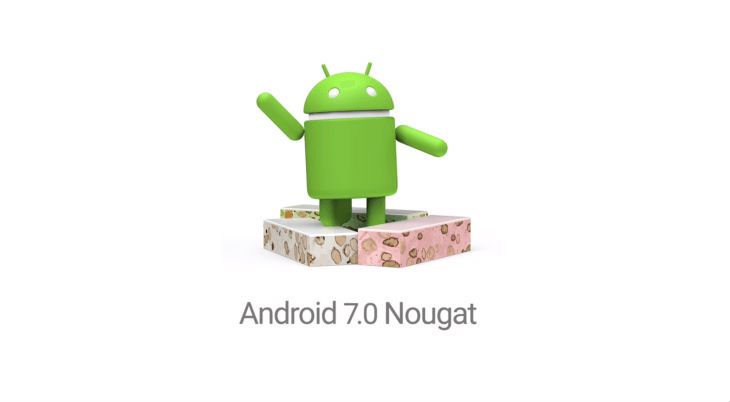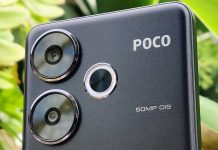
Google’s Android Compatibility Definition Document is probably not something you’ve heard much about before now, but if you’re a hardware developer using Android, then you know all about it. The 85-page document sets out a whole range of things, including how software must work, including APIs, namespaces, device administration, text-to-speech, and much more.
The end of 45 different fast-charging standards?
There’s also a section on hardware compatibility, and while this isn’t new, there is some new content in it, which might spell the end for many of the different fast-charging technologies out there at the moment. While the section is noted only as ‘Strongly Recommended’, Google is clearly sending the message that this may become ‘Required’ in the future.
What exactly does it say?
Type-C devices are STRONGLY RECOMMENDED to not support proprietary charging methods that modify Vbus voltage beyond default levels, or alter sink/source roles as such may result in interoperability issues with the chargers or devices that support the standard USB Power Delivery methods. While this is called out as “STRONGLY RECOMMENDED”, in future Android versions we might REQUIRE all type-C devices to support full interoperability with standard type-C chargers.
What does this mean? Basically, Google wants Android devices to use the standard power delivery spec (called USB Power Delivery) rather than the variety of proprietary ‘standards’ out there, including Qualcomm’s Quick Charge, OnePlus Dash, Moto’s Turbo Charging, Huawei’s SuperCharge, and more.
If you do Multi-Window, you must do it the AOSP way
Going forward, we’ll see the end of OEM-specific multi-window options. Samsung does it one way, LG does it another, and Google thinks it should be done differently still. Well, going forward, that will end – manufacturers can either do it the way Google specifies, or they can’t do it at all.
Manufacturer’s aren’t obliged to implement multi-window, but if they do, it must be the same way across all devices to increase user comprehension of what’s going on.
Newer devices like LG’s V20 and Huawei’s Mate 9, which both run Nougat out of the box, comply with this requirement already.
You must implement call- and SMS-blocking options
To receive Nougat certification, OEMs must support number blocking for calls and messages, including a UI to manage blocked numbers. Huawei’s Mate 9 has this that we’ve seen so far. There are various requirements for implementing this, but in essence, it must be done in a standard way that will be familiar to users across different devices.
Android Auto minimum requirements
If you’re making new Android Auto head units, there’s a couple of Android minimum standards you have to meet (beyond anything specific to Android Auto’s platform). These include a 6-inch screen or above, at least 750 x 480 resolution, and the requirement to integrate with the vehicle cabin’s temperature sensor (where implemented).
Audio requirements – you must handle in-line remote controls on wired headphones
This is a big one for those using wired headphones. Basically, Google has said enough is enough, and has set a standard for future 3.5mm sockets to ensure wired remotes will work in a standard way. Basically, the requirements are these:
In order to be compatible with the headsets and other audio accessories using the 3.5mm audio plug across the Android ecosystem, if a device implementation includes one or more analog audio ports, at least one of the audio port(s) SHOULD be a 4 conductor 3.5mm audio jack. If a device implementation has a 4 conductor 3.5mm audio jack, it:
MUST support the detection and mapping to the keycodes for the following 3 ranges of equivalent impedance between the microphone and ground conductors on the audio plug:
-
70 ohm or less : KEYCODE_HEADSETHOOK
-
210-290 Ohm : KEYCODE_VOLUME_UP
-
360-680 Ohm : KEYCODE_VOLUME_DOWN
These are the highlights we’ve spotted in the Android 7.0 CDD, but there may be others. We have looked at what others have found in here too, and it seems that there probably aren’t any other surprises to be found.
What do you think of these new requirements? Our thoughts — in brief — are that this will help standardise the Android platform a little bit in future releases, to ensure a greater standard of similarity between disparate devices. This will make it easier for a Samsung user to pick up an LG phone and know roughly how it will work, especially for things outside basic loading and using of apps.
A good move, basically, but it will take a while to bear fruit. We should start to see more phones compliant with these standards as we move into mobile season in early 2017.





Or, the manufacturers can read the runes and decline to implement nougat, moving to proprietary solutions in future.
Would be their loss if they did that.
other than samsung and google, who else is making money off android? 😉
These standards will make it better for everyone. Keep them coming.
One charging standard across the board is very welcome